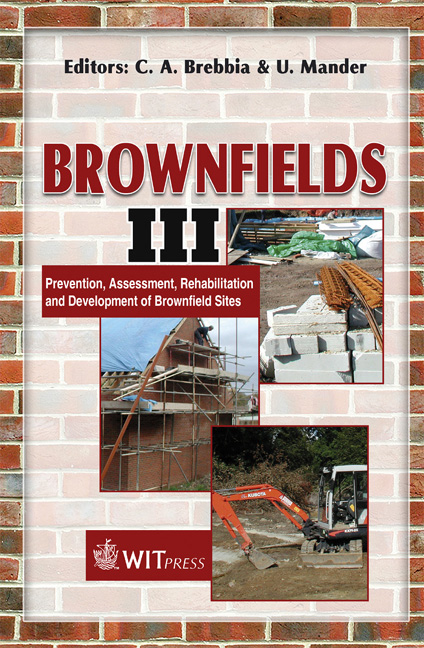Re-using Urban Industrial Areas: The Case Of ’s-Hertogenbosch, The Netherlands
Price
Free (open access)
Transaction
Volume
94
Pages
9
Published
2006
Size
2,824 kb
Paper DOI
10.2495/BF060011
Copyright
WIT Press
Author(s)
W. van der Toorn Vrijthoff
Abstract
In the 20th century, and especially after World War II, European cities began to grow very rapidly. Historic inner-city areas currently occupy less than 5% of the total urban area of the old cities. This implies that the industrial sites dating from the beginning of the 20th century are no longer situated on urban peripheries, but are to be found in the central areas of cities. A consequence of this growth was that the old city centers became far too small to meet the needs of these enlarged cities, so there was also a growing need to expand the centers. To meet this need, many of the old urban industrial sites in European cities have been transformed into functional extensions of the old inner cities. In some cases, the old buildings and infrastructure have been included in the new plans to retain the historic character of the area; in other cases re-development has brought about a total transformation, making it hard to recognize anything of the historic appearance in the new one. This paper focuses on ’s-Hertogenbosch, an old city in the southern part of the Netherlands that gained its charter just before 1200. Close to the city centre there was an old industrial area being transformed into \“a monument for the future”. It will become a new part of the city centre, providing 1,400 houses and 180,000 m2 of office space. In addition, 30,000 m2 of space will be reserved for hotel and catering businesses, retail outlets and culture. This paper tells the story of how this industrial area is being transformed; the vision behind it, the plans, and how they will be carried out. Special attention will be given to how these plans relate to, or ignore, features of the historic site. Keywords: urban transformation, city centre, industrial areas, public–private partnership.
Keywords
urban transformation, city centre, industrial areas, public–private partnership.




